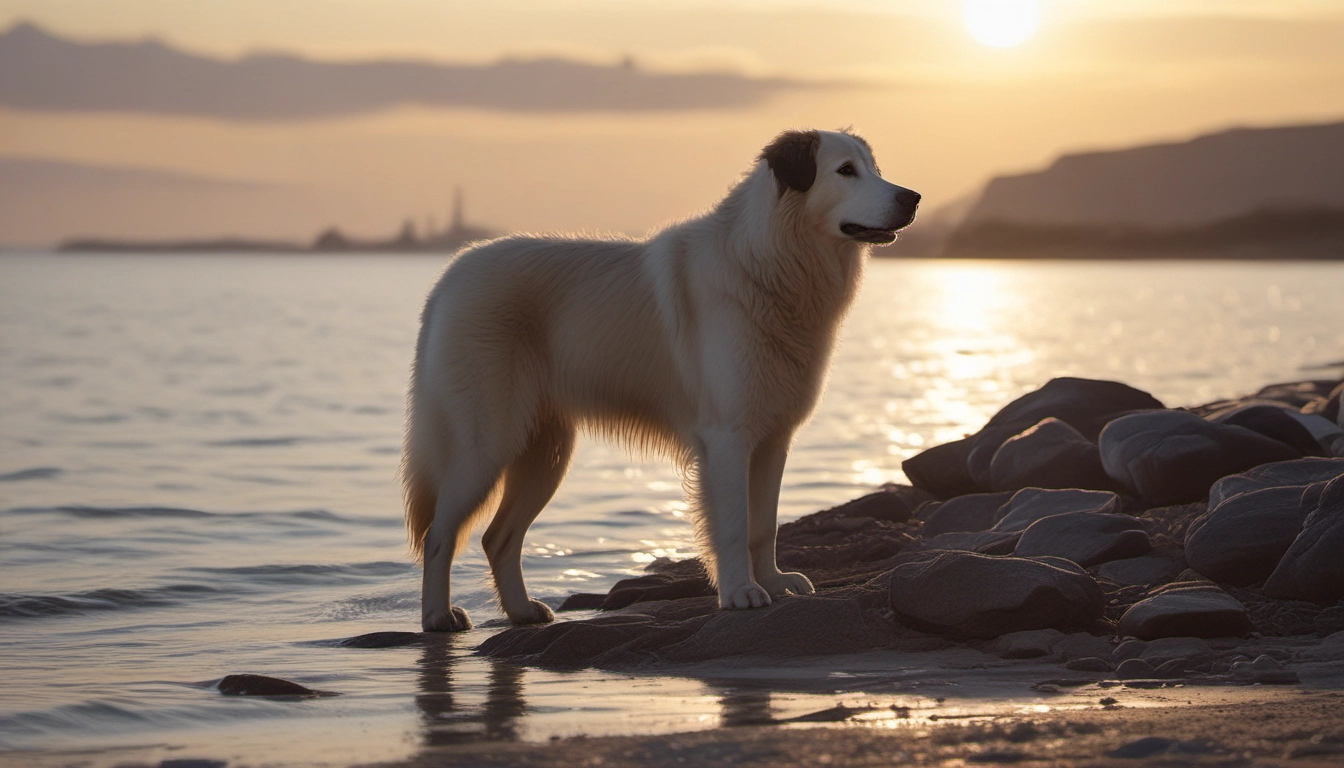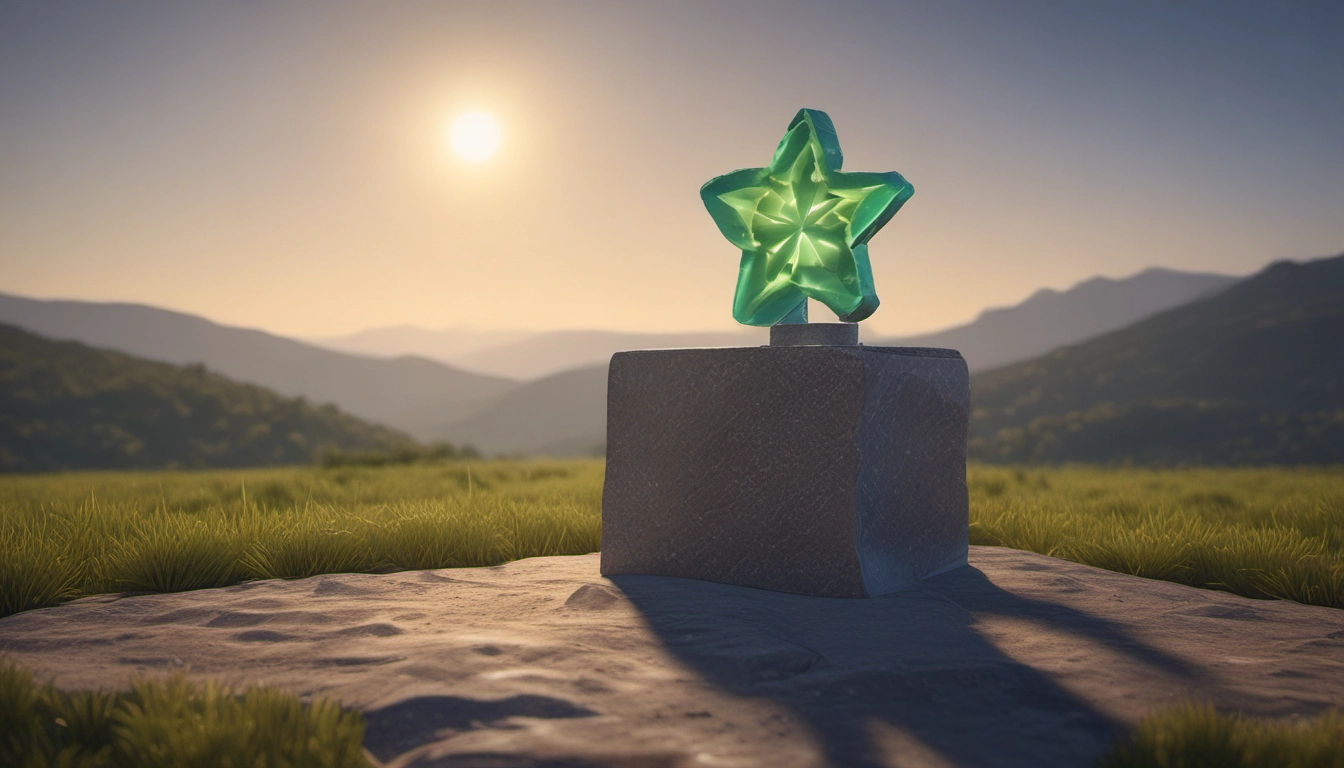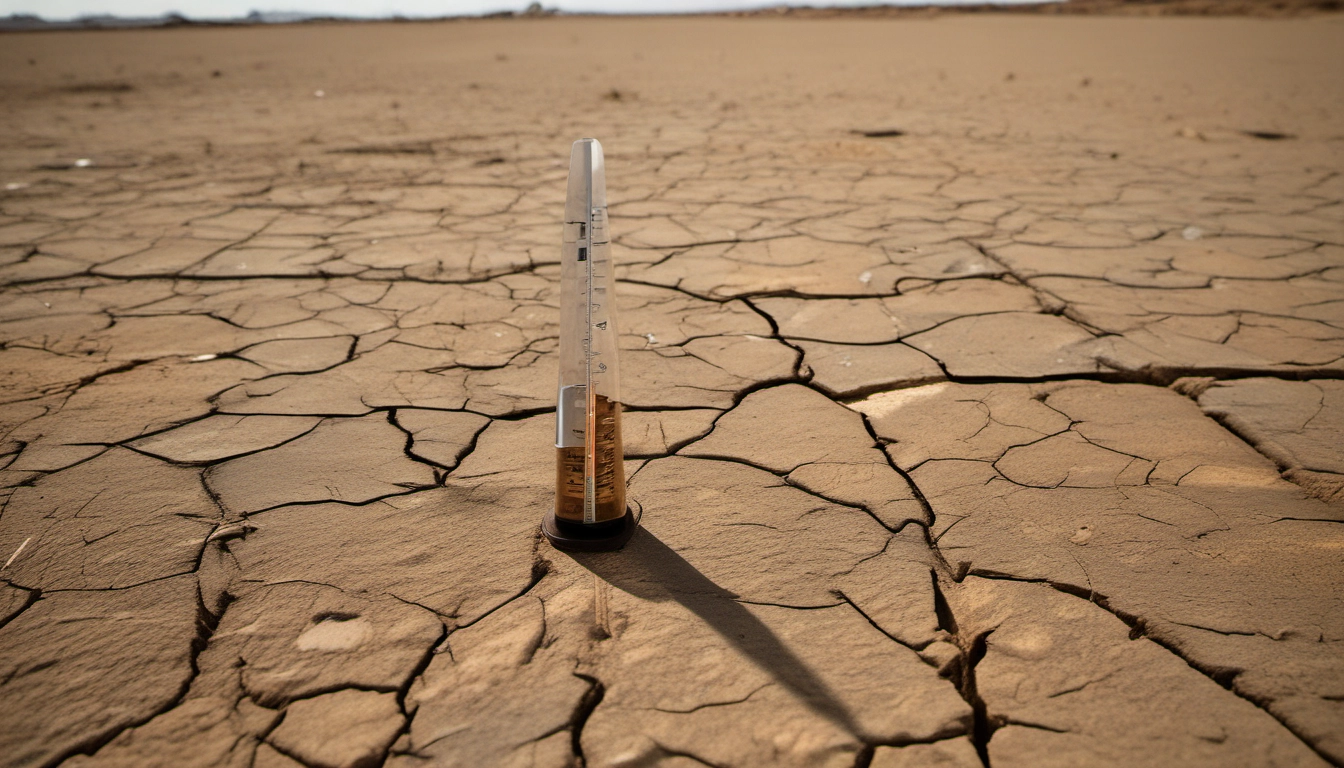Little Penguin Conservation: 5 Ways to Help
Five clear ways to help little penguins: donate, volunteer, reduce plastic, support habitat protection, and visit responsibly.

Little Penguin Conservation: 5 Ways to Help
Short answer: Little penguins face predators, habitat loss, oil and fishing threats, and climate change. You can help by donating, volunteering, reducing marine litter, supporting habitat protection, and visiting responsibly.
Little penguins (also called fairy or blue penguins) are a small seabird found around southern Australia and New Zealand. They usually live about 6.5 years on average and have been recorded living up to 26 years in the wild. That long lifespan means our actions now matter for many penguin generations.
Why little penguins need help
Common threats include introduced predators like dogs and cats, habitat destruction, oil pollution, bycatch in fishing gear, and changing ocean food supplies. Trusted sources such as Celebrating the littlest of penguins and SeaWorld Fairy Penguin facts explain these threats in plain terms. Rehabilitation stories from penguin rescue groups show how human care returns injured birds to the wild.
Quick checklist (Downloadable action plan)
Do one thing today: Choose one of the five ways below and act. For a ready checklist, check the work of organizations like the Penguin Foundation or Phillip Island Nature Parks for volunteer and adoption options.
Five ways to help little penguins
1. Donate or adopt through trusted charities
Money helps fund habitat restoration, research, and rescue work. Consider established groups such as the Penguin Foundation, Penguins International, and the Global Penguin Society. Small recurring gifts make planning easier for conservation teams.
2. Volunteer or join citizen science
Many projects need people to monitor beaches, check nests, and help with habitat work. The Little Penguin Project and local groups post volunteer calls. Volunteering teaches safe helping methods and directly benefits colonies.
3. Reduce marine litter and fishing harm
Discarded fishing line, plastics, and lost gear can injure penguins. Simple actions help a lot:
- Pick up trash at beaches and riverbanks.
- Use reusable bottles and avoid single-use plastics.
- Dispose of fishing line and nets properly; carry a small line-disposal container when you fish.
Rehab stories, such as those from penguin rescue groups, show how entanglement harms birds. Community clean-ups play a vital role in saving lives.
4. Support habitat protection and predator control
Penguins need safe nesting areas. Habitat projects restore native plants, build nest boxes, and install predator-proof fencing. Phillip Island Nature Parks runs programs installing wooden penguin boxes and restoring habitats.
Some places also use guardian animals. For instance, Maremma dogs on Middle Island helped protect penguins from foxes. Read more at Saving the little penguin.
5. Visit responsibly and support eco-tourism
Seeing penguins in nature helps fund conservation. However, visitors must follow rules: keep distance, stay quiet, and follow guides. Choose operators that give money back to conservation and follow best practice guides, such as programs on Phillip Island.
Threats vs. solutions (quick table)
| Threat | What helps |
|---|---|
| Predators (dogs, cats, foxes) | Predator control, guardian dogs, predator-proof fencing |
| Habitat loss | Habitat restoration, nest boxes, protected reserves |
| Fishing bycatch & entanglement | Discard reduction, safe fishing practices, rescue networks |
| Oil & pollution | Rapid rescue & rehabilitation, stricter shipping rules |
| Food shortage (climate change) | Marine protection, fisheries management, research |
Compare a few groups to support
Below is a short comparison to help donors decide where to give time or money.
| Group | Focus | How to help |
|---|---|---|
| Penguin Foundation | Phillip Island habitat, rescue, education | Adopt a penguin, donate, volunteer |
| Phillip Island Nature Parks | Research & site management, visitor programs | Buy tickets, join citizen science, donate |
| Penguins International | Global research, education, rehab support | Donate, support research projects |
| Global Penguin Society | International habitat protection, policy | Membership, education resources |
Real examples that work
Middle Island used trained Maremma dogs to protect a colony from foxes, helping penguins rebound. Read the full story at Saving the little penguin. Rescue and rehab centers have also returned entangled or injured penguins to the wild. This is shown in rehabilitation stories shared by conservation groups.
One data point and what it means
Average lifespan is about 6.5 years but can reach 26 years in the wild. This means conservation is a long-term job. Protecting habitat and food now helps penguins for decades. Small actions today add up over many penguin lifetimes.
How to pick the best action for you
- Decide your goal: give money, give time, or change daily habits.
- Pick a local or trusted group from the comparison table.
- Start small: one monthly donation, one beach clean, or one volunteer shift.
Simple actions you can do from home
- Reduce single-use plastic and recycle properly.
- Secure your pets and keep cats indoors at night where penguins nest nearby.
- Support sustainable seafood choices to help healthy fish stocks.
Frequently asked questions
Can I adopt a penguin?
Yes. Organizations like the Penguin Foundation offer symbolic adoptions that fund conservation work.
Are penguins protected by law?
Many colonies are in protected reserves and benefit from conservation plans. Groups such as the Phillip Island Nature Parks run long-term research and protection programs.
Final note
Little penguin conservation is a mix of science, local action, and steady funding. Choose one clear action from this guide and do it. Small steps—donating, volunteering, cleaning up beaches, protecting habitat, and visiting responsibly—add up to big wins for penguins.


